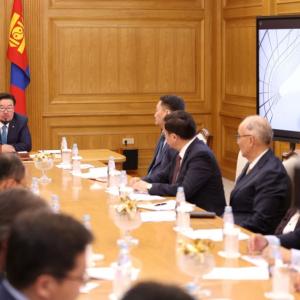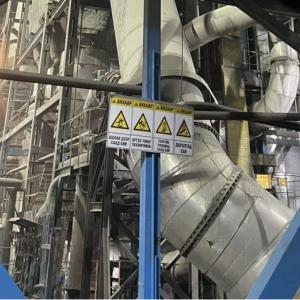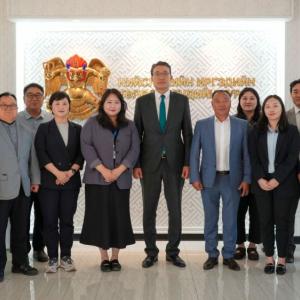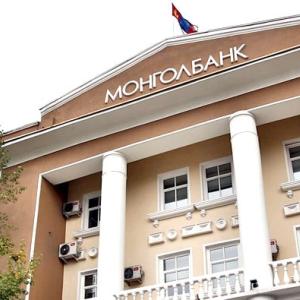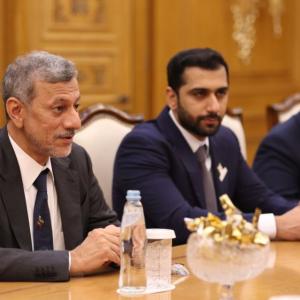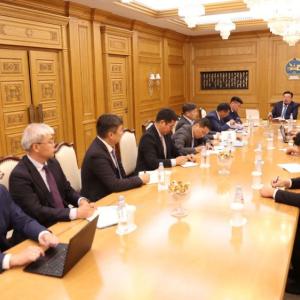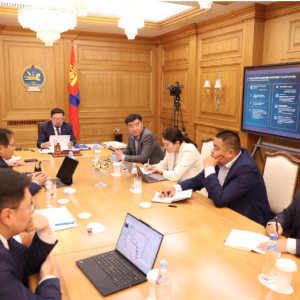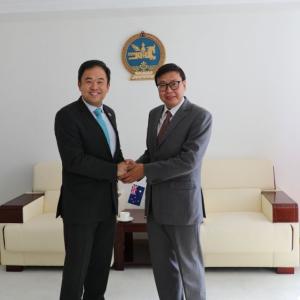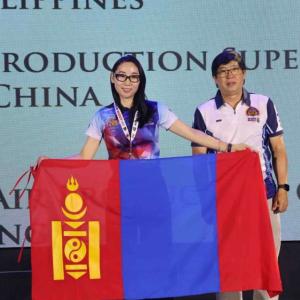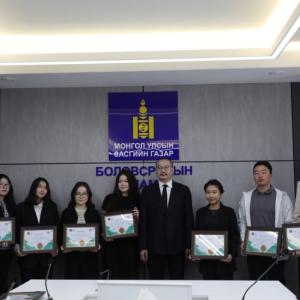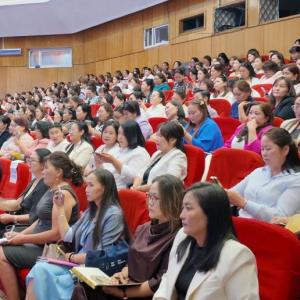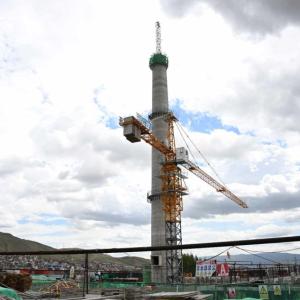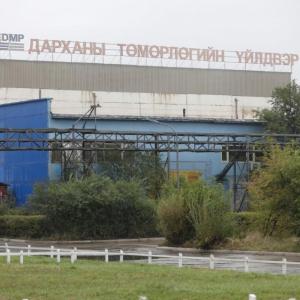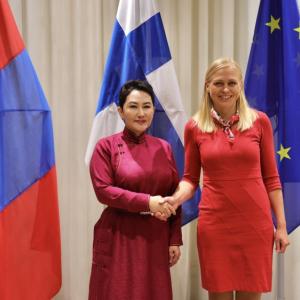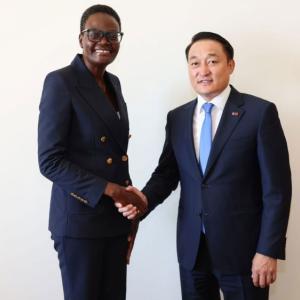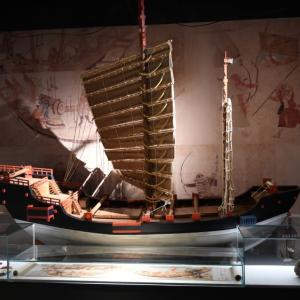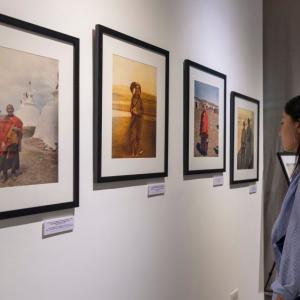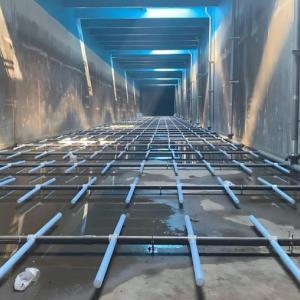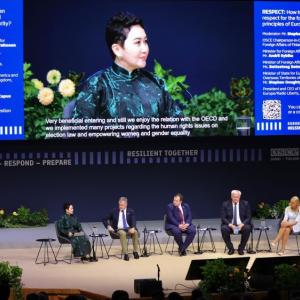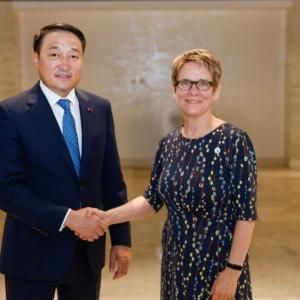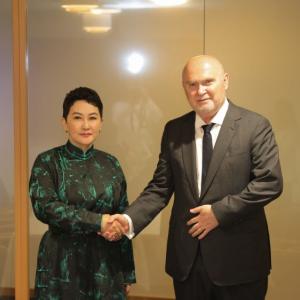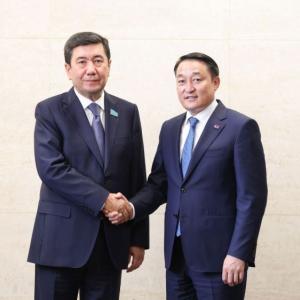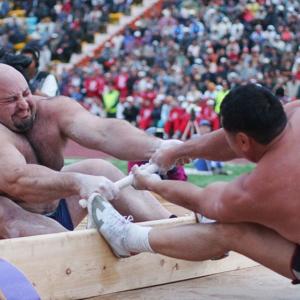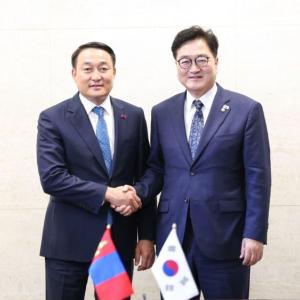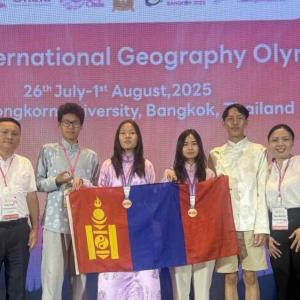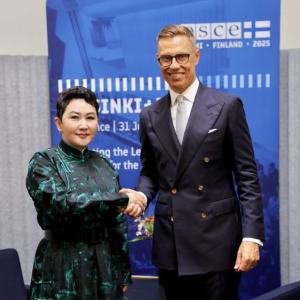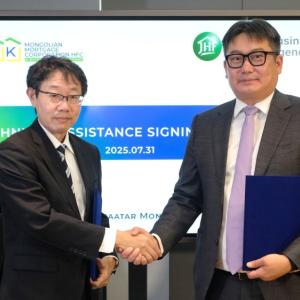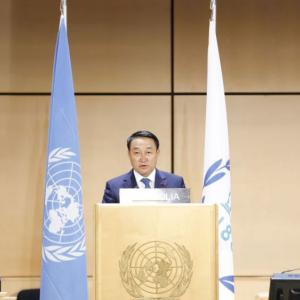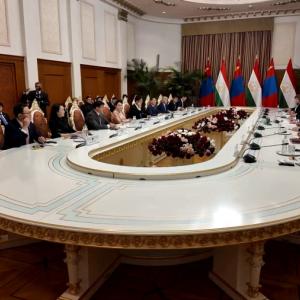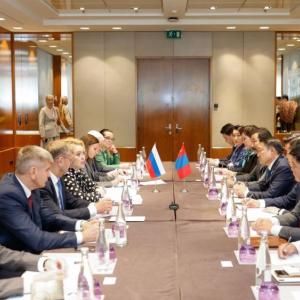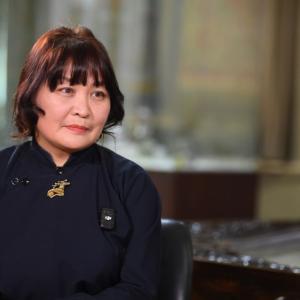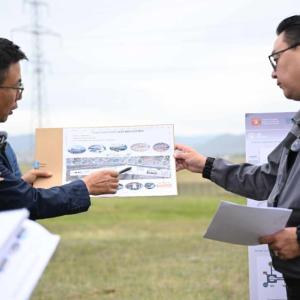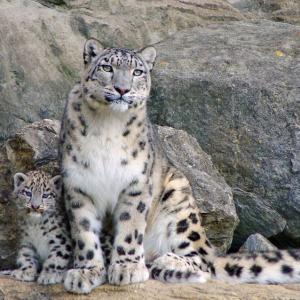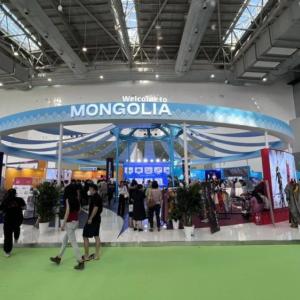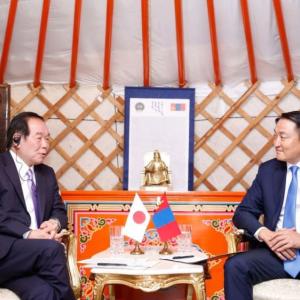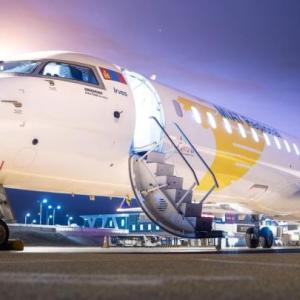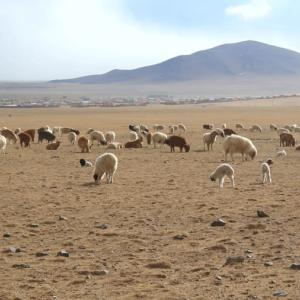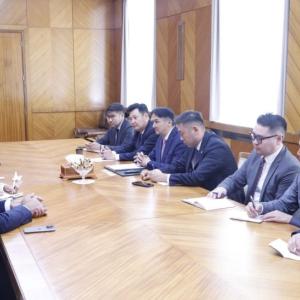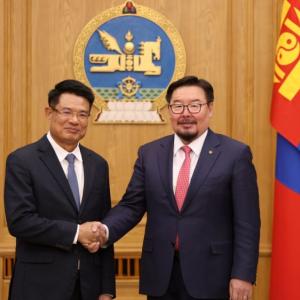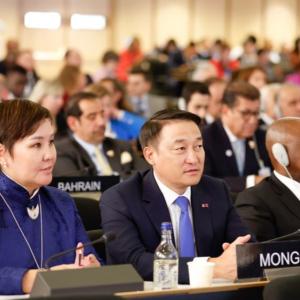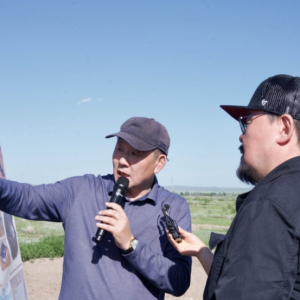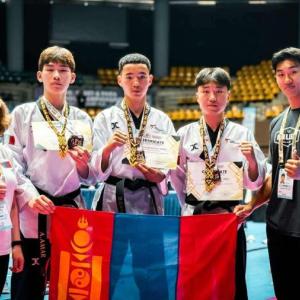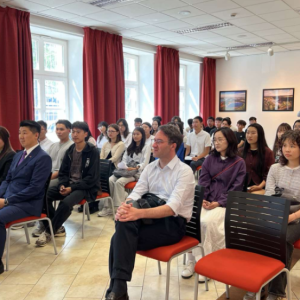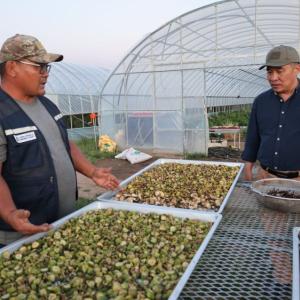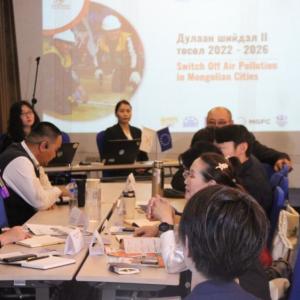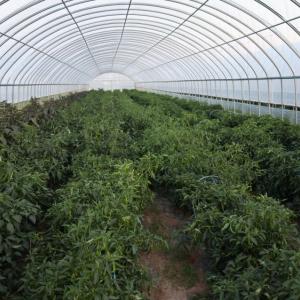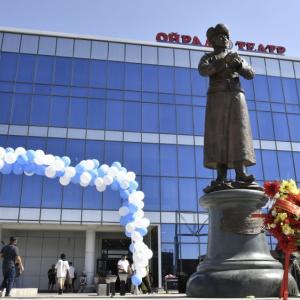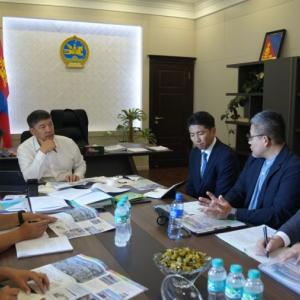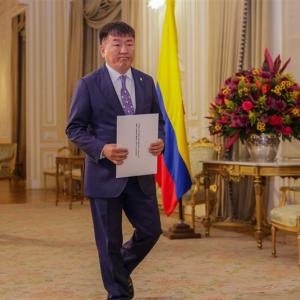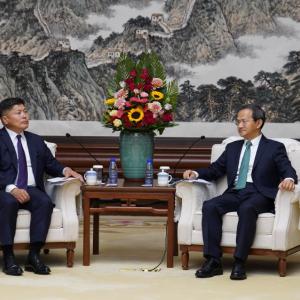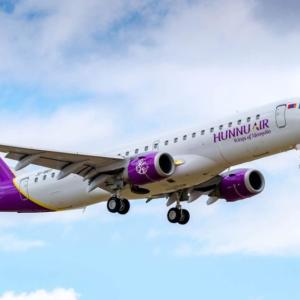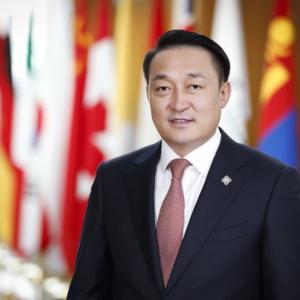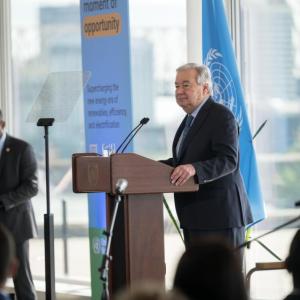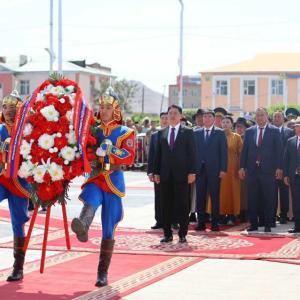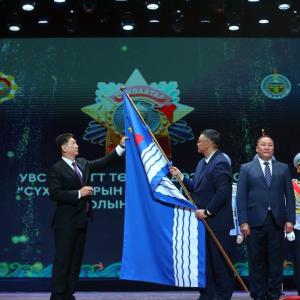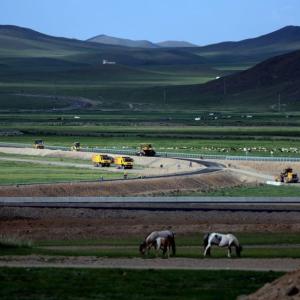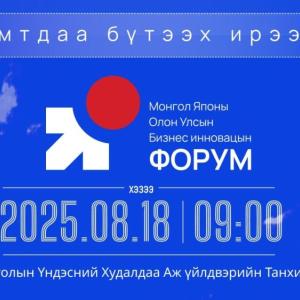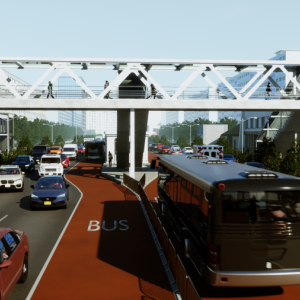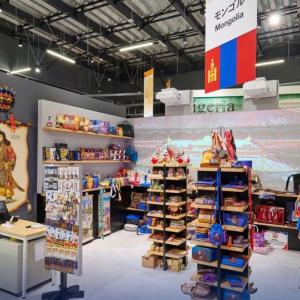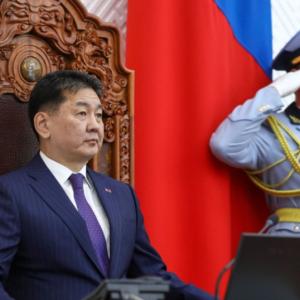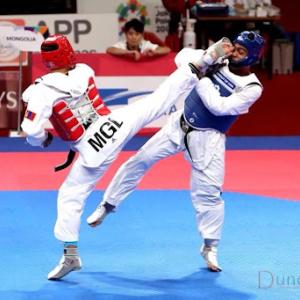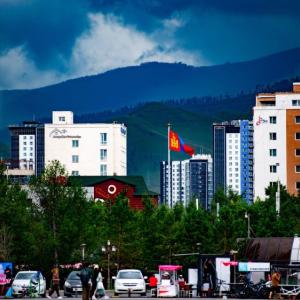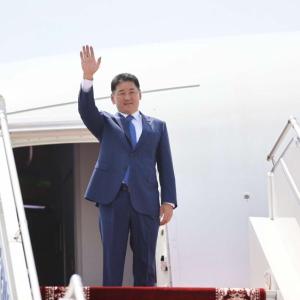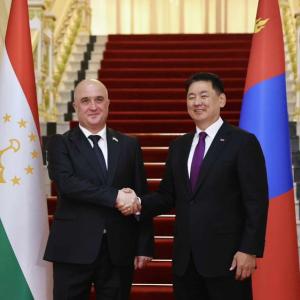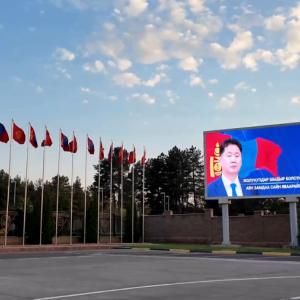Arnaud Heckmann: Subcenters are one of the key strategies for ger areas modernization
Society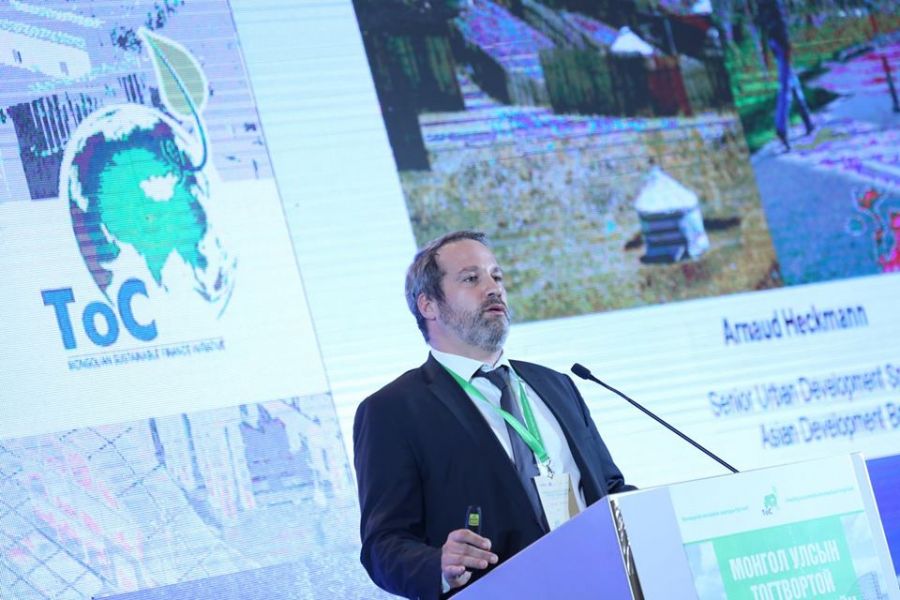
Ulaanbaatar /MONTASME/. ADB-funded Ulaanbaatar Urban Services and Ger Areas Development Investment Program has been showing some good results. In connection with this, MONTSAME News Agency has interviewed ADB's Principal Urban Development Specialist Mr. Arnaud Heckmann about the implementation progress of the program.
-Ulaanbaatar
Urban Services and Ger Areas Development Investment Program is one of the
largest ADB-funded projects implemented in Mongolia. Who initiated the idea of
this program? Can you provide us brief information about the purpose and
funding of the program?
Thank you for inviting me to this interview. Yes, Ulaanbaatar Urban Services and Ger Areas Development Investment Program, which we call GADIP in short, is one of the largest projects in Mongolia.
The Municipality of Ulaanbaatar and ADB
together initiated the concept of this program. It relies on the fact that,
without a full range of integrated urban infrastructure, ger areas, where 60%
of the population of Ulaanbaatar lives, will not be able to modernize and respond
to the needs of their inhabitants. This is a $344 million 10-year investment
program sequenced in 3 Tranches. The
European Investment Bank is co-financing this program.
The program aims to address the urgent demand for urban services and transform the ger areas into green, livable, and inclusive urban areas that provide livelihood opportunities and affordable housing for its residents. The approach is to upgrade six existing subcenters in ger areas by providing them with priority urban infrastructure, socioeconomic facilities, and public spaces.
Ger area residents have been living in a very harsh condition for decades, and this is especially true for vulnerable people. In winter, the time consumed to get the coal briquettes, warm the ger, fetch the water, travel around for work, bring children to school, or get the groceries on icy and bumpy roads constitute a daily burden, and creates huge time loss for other activities like work, family, well-being. And this is only part of the challenge if we also consider pollution, flooding, lack of jobs and unemployment, insecurity… Many of households of the ger areas want to have access to modern services and comfort. Residents are willing to move to apartment or housing units if acceptable and affordable solutions are proposed. And the fact that most of the resident have land tenure is a great advantage for them. The implementation of infrastructure for water, wastewater, roads, optic fiber, telecommunication, electricity, and heating will directly benefit them through land compensation, if they are affected, or increase their land value, which is an asset they will be able to use in the future.
Besides infrastructure, the program provides socio-economic and public amenities, to transform these areas in real subcenters and to improve the life of the residents: kindergarten, business incubators, community centers, sport complex, parks as well as shelters for victims of domestic violence.

With the municipality of UB, we want these subcenters to become urban economic hub that can generate employment and activities. For example, the one- stop-shop services established in business incubators of Bayankhoshuu and Selbe subcenter is already providing 100 municipal and governmental services to the population around. Now, people do not have to go to the city center, which has a huge impact on their life, as well as on traffic congestion and pollution.
I would also like to point out that together with the extension of services in ger areas, the program is supporting the improvement of urban service operation through renewing or building pipes, providing smart control system to the USUG, more performing pumping station, improved capacity for service delivery, or treatment and structural improvement to the existing WWTP. As you see this is a very comprehensive approach. Therefore, what is visible on site is only the visible part of the iceberg.
When I look back, many people thought that this approach was impossible, but now we can see that subcenters are completely included in the city master plan and one of the key strategies for ger areas modernization. Those kinds of program are very important to make people aware not only of the issues of the ger areas, but also of their potential. I am sometimes surprised how little knowledge some people living in the city center have, regarding the size and living condition in ger areas. The upgrading or renewal of areas like these ones is probably one of the most difficult challenges in urban development. To equip the municipality with the tools and the capacity to face and solve such challenges and acquire the right mechanism to face resettlement challenges through the program, is of paramount importance.
Finally let me add that the program is one of the solutions, but not the only one. Looking at the size of the problem, different types of support and solutions are needed. For many households, it will take time before the infrastructure reach out to them, and other on-site solutions will be needed. The interventions of other development partners, Government, civil society, NGOs is needed.
-Can you
update us on the progress of the first tranche which is developing Bayankhoshuu
and Selbe subcenters in the northern part of the city?
The urban infrastructure and socio-economic facilities area almost completed in Bayankhoshuu and Selbe subcenters. Many services including the kindergarten and business incubator are already in use. The replacement of highly polluting “heat-only boilers” by direct connection to the central systems is ongoing for public facilities such as schools, administration, health centers and residential buildings. However, this is not the end. Additional kindergarten, parks and sport centers will be constructed during the second tranche. We are also working on the construction of a public square to enhance social interaction, community activities, and subcenter attractiveness for commercial and cultural activities.

Let me here highlight the importance of the strong support from the government for the program. Indeed, from the very beginning till now, the program has witnessed 3 different Governments from different parties, and 5 different Mayors and Municipality administration. However, the program has always remained a high priority for the government.
-What is
the percent of Denjiin myanga and Dambadarjaa subcenters’ development under the
second tranche? Has the construction stopped due to COVID-19 pandemic? If yes,
when will the construction work restart?
Denjiin myanga and Dambadarjaa subcenters’ development is ongoing. COVID-19 pandemic and budget issues have slowed-down the progress, but we are confident that the program will catch-up the delays starting from this summer. Main construction activities should happen this year and the next year, and be completed by 2023.
This is a difficult situation for everybody, and communities are looking forward, but I can guarantee that the municipality of Ulaanbaatar, and the Program Management Office, as well as the contractors are extremely committed and are working day and night with ADB’s support to successfully complete the program.
-How does
ADB monitor the implementation of the program? How do you evaluate the
performance and results? Do you face any conflict or delays?
ADB project team is working on a daily basis with the Government, especially the Ministry of Finance and the Ministry of Construction and Urban Development, the municipality and the Program Management Office to support the project implementation. We have extremely dedicated safeguard specialists, procurement specialists and project analysts that guide, help and monitor the project implementation while ensuring that the project is compliant with ADB safeguards and due diligence. As outposted program manager from ADB in Mongolia, I am of course fully involved and can count on the great support from the ADB country office. Also, we have provided several parallel technical assistances to support and complement the program implementation.

This type of project is maybe one of the most complex and difficult type in urban development. There is no blueprint to deal with such a unique context of ger areas. Any type of problems can arise, at any point in time. We need to be prepared to craft adequate solutions to overcome all these types of challenges. We also work closely with NGOs and the civil society who support the affected people. It allows us to implement corrective actions when complaints arise from affected communities.
-What
should be done to have a sustainable impact after the program ends? We know
that the green affordable housing project has started, and it is focusing on
these ger areas. Can we understand that this project is the continuation of Ulaanbaatar
Urban Services and Ger Areas Development Investment Program?
The green affordable housing project is complementary to the ger areas redevelopment program. Its objective is to deliver 10,000 affordable green housing units and redevelop 100 hectares of ger areas into low carbon, climate-resilient, mixed-use, and mixed-income eco-districts. Each eco-district block will focus on building social, affordable and market rate residential units, but also green space, commercial area, entertainment space, workshops and social facilities. It is meant to be implemented in ger areas through a land swapping mechanism where residents can swap their land to access to apartment units on the very same spot.
The project is still at its early stage of implementation,
but great synergies and transformative effects start to emerge between the two
projects. We hope the first set of eco-districts will start to be built next
year. This is a long process, and especially for the first phase, as we need extensive
consultation with both the communities and private sector.

 Ulaanbaatar
Ulaanbaatar

